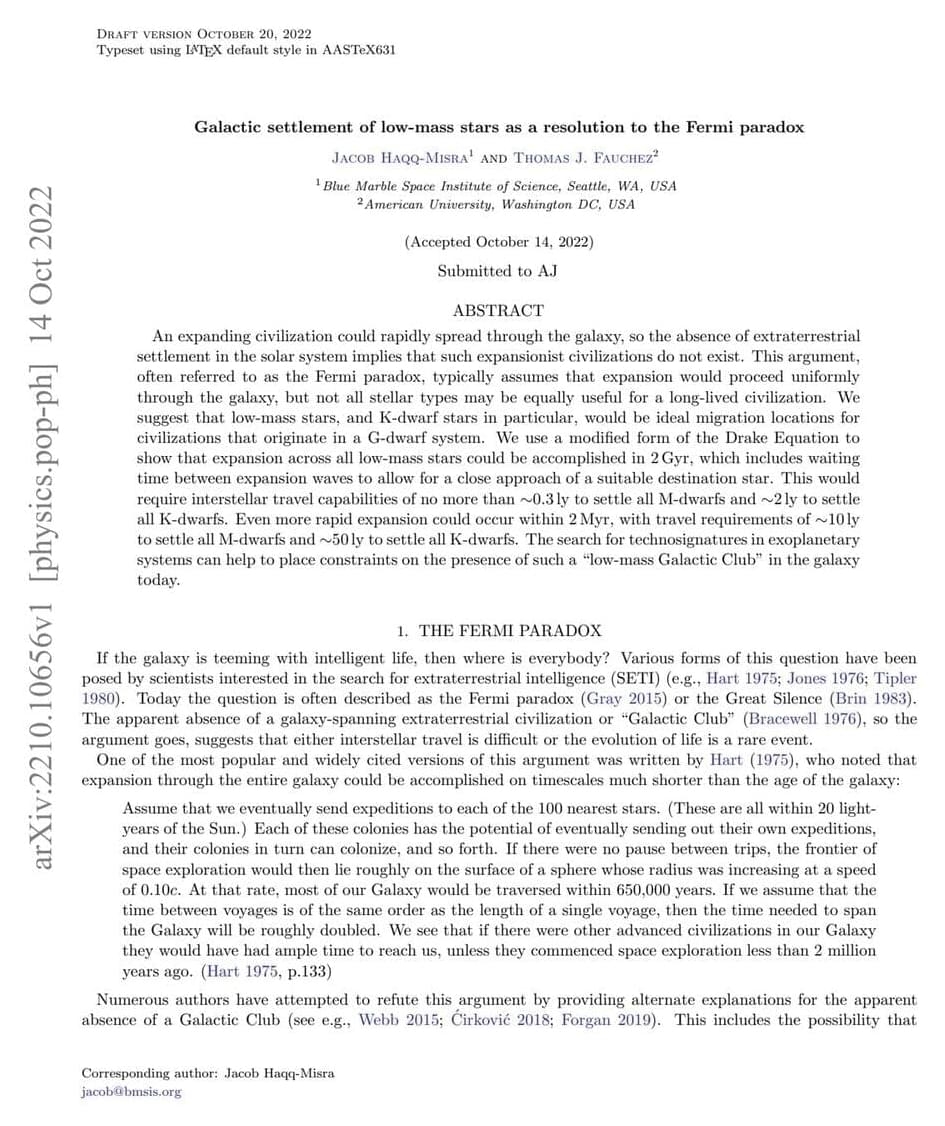A new imaging technique, which captured frozen lithium atoms transforming into quantum waves, could be used to probe some of the most poorly understood aspects of the quantum world.


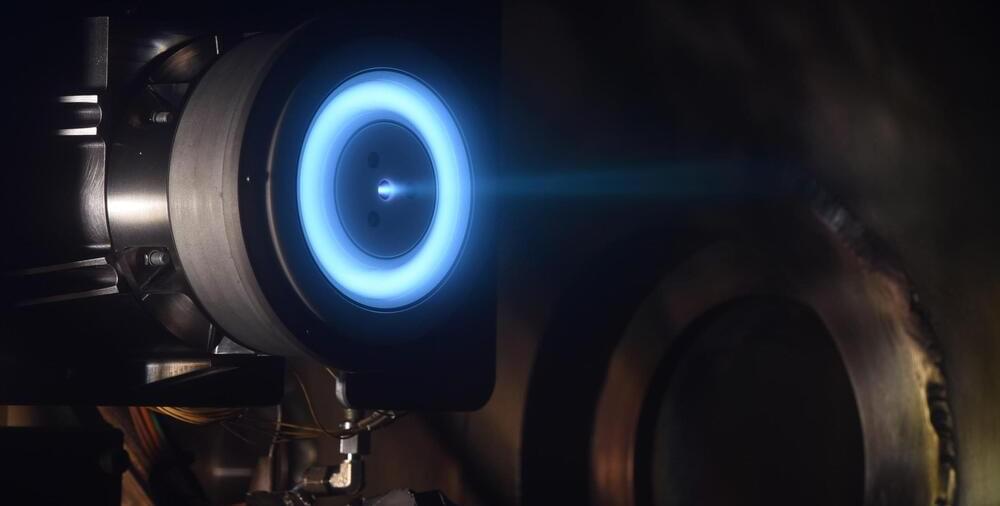
NASA ’s innovative propulsion technology propels small spacecraft exploration and extends satellite lifetimes, supporting U.S. leadership in space technology.
NASA has developed an advanced propulsion technology to facilitate future planetary exploration missions using small spacecraft. Not only will this technology enable new types of planetary science missions, one of NASA’s commercial partners is already preparing to use it for another purpose—to extend the lifetimes of spacecraft that are already in orbit. Identifying the opportunity for industry to use this new technology not only advances NASA’s goal of technology commercialization, it could potentially create a path for NASA to acquire this important technology from industry for use in future planetary missions.
The New Technology
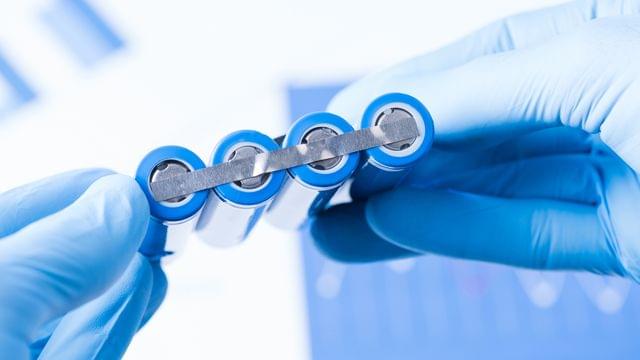
A QUT-led team of international researchers has made a breakthrough in the development of a type of battery that is much safer and cheaper than the batteries currently charging our smart devices.
The research, published in the prestigious Journal of the American Chemical Society, has demonstrated a way of improving the voltage of aqueous zinc-ion batteries, which are a type of rechargeable battery which have a water-based electrolyte.
QUT researchers involved in the study are Professor Ziqi Sun, Associate Professor Dongchen Qi, and Fan Zhang from the School of Chemistry and Physics, Professor Ting Liao and Professor Cheng Yan from the School of Mechanical, Medical and Process Engineering and Dr Aaron Micallef from the Central Analytical Research Facility.


Approximately 60 percent of the meat people eat in 2040 won’t come from dead animals, but rather from plant-based substitutes and cultured meat, according to a 2019 report. “The large-scale livestock industry is viewed by many as an unnecessary evil,” the report states, adding later: “With the advantages of novel vegan meat replacements and cultured meat over conventionally produced meat, it is only a matter of time before they capture a substantial market share.”
The report — conducted by the consulting firm A.T. Kearney, and based on expert interviews — found that “classic vegan and vegetarian meat replacements as well as insect-based meat alternatives” probably won’t disrupt the $1,000 billion conventional meat industry.
Yesterday, Boston Dynamics announced it was retiring its hydraulic Atlas robot. Atlas has long been the standard bearer of advanced humanoid robots. Over the years, the company was known as much for its research robots as it was for slick viral videos of them working out in military fatigues, forming dance mobs, and doing parkour. Fittingly, the company put together a send-off video of Atlas’s greatest hits and blunders.
But there were clues this wasn’t really the end, not least of which was the specific inclusion of the word “hydraulic” and the last line of the video, “‘Til we meet again, Atlas.” It wasn’t a long hiatus. Today, the company released hydraulic Atlas’s successor—electric Atlas.
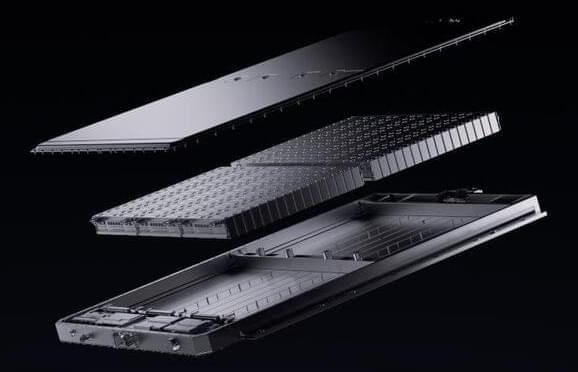
The main cost of an electric vehicle (EV) is its battery. The high cost of energy-dense batteries has meant EVs have long been more expensive than their fossil fuel equivalents.
But this could change faster than we thought. The world’s largest maker of batteries for electric cars, China’s CATL, claims it will slash the cost of its batteries by up to 50% this year, as a price war kicks off with the second largest maker in China, BYD subsidiary FinDreams.
What’s behind this? After the electric vehicle industry experienced a huge surge in 2022, it has hit headwinds. It ramped up faster than demand, triggering efforts to cut costs.
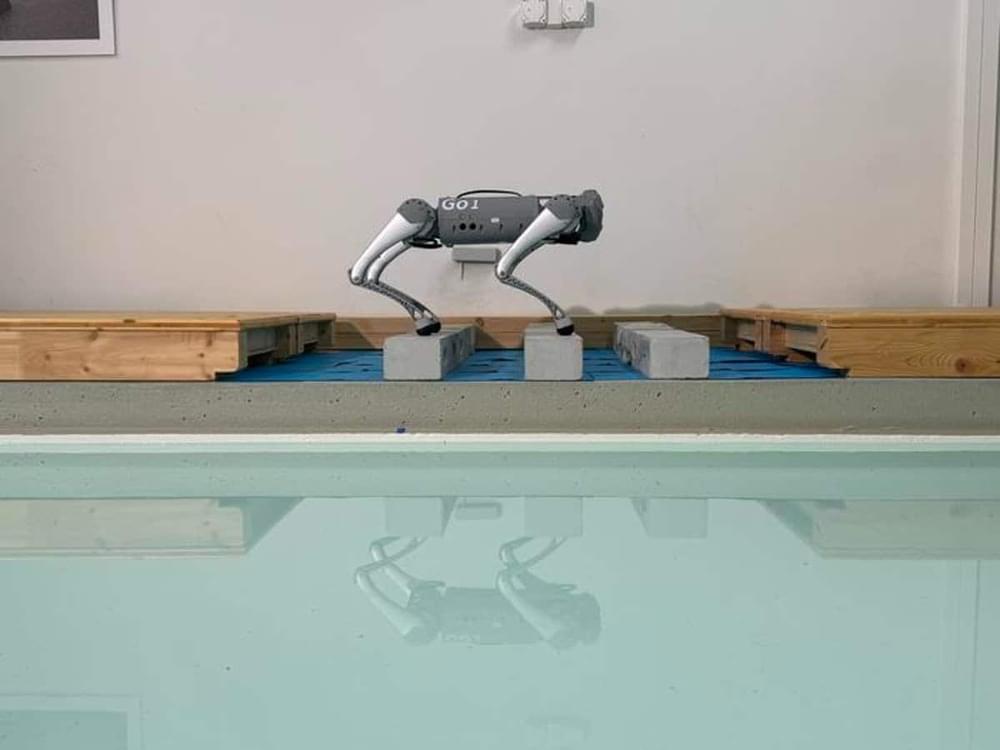
Summary: Researchers leveraged deep reinforcement learning (DRL) to enable a robot to adaptively switch gaits, mimicking animal movements like trotting and pronking, to traverse complex terrains effectively. Their study explores the concept of viability—or fall prevention—as a primary motivator for such gait transitions, challenging previous beliefs that energy efficiency is the key driver.
This novel approach not only enhances the robot’s ability to handle challenging terrains but also provides deeper insights into animal locomotion. The team’s findings suggest that prioritizing fall prevention may lead to more agile and efficient robotic and biological movement across uneven surfaces.
Try Opera browser FOR FREE here https://opr.as/eiiu-sabine-hossenfelder Last week I saw a lot of headlines about a space propulsion system that uses nuclear fusion. The news comes from a company by name RocketStar Inc. which announced in a press release that they have “reinvented” spacecraft by releasing the “world’s first fusion-enhanced space thruster, the FireStar™ Fusion Drive. They claim that the FireStar TM Fusion Drive improves their water powered pulsed plasma thruster by harnessing aneutronic nuclear fusion by 50%. In this video I explain what this all means. 🤓 Check out my new quiz app ➜ http://quizwithit.com/ 💌 Support me on Donorbox ➜ https://donorbox.org/swtg 📝 Transcripts and written news on Substack ➜ https://sciencewtg.substack.com/ 👉 Transcript with links to references on Patreon ➜ / sabine 📩 Free weekly science newsletter ➜ https://sabinehossenfelder.com/newsle… Audio only podcast ➜ https://open.spotify.com/show/0MkNfXl… 🔗 Join this channel to get access to perks ➜
/ @sabinehossenfelder 🖼️ On instagram ➜
/ sciencewtg #science #sciencenews #technews #technews #space #nuclear
